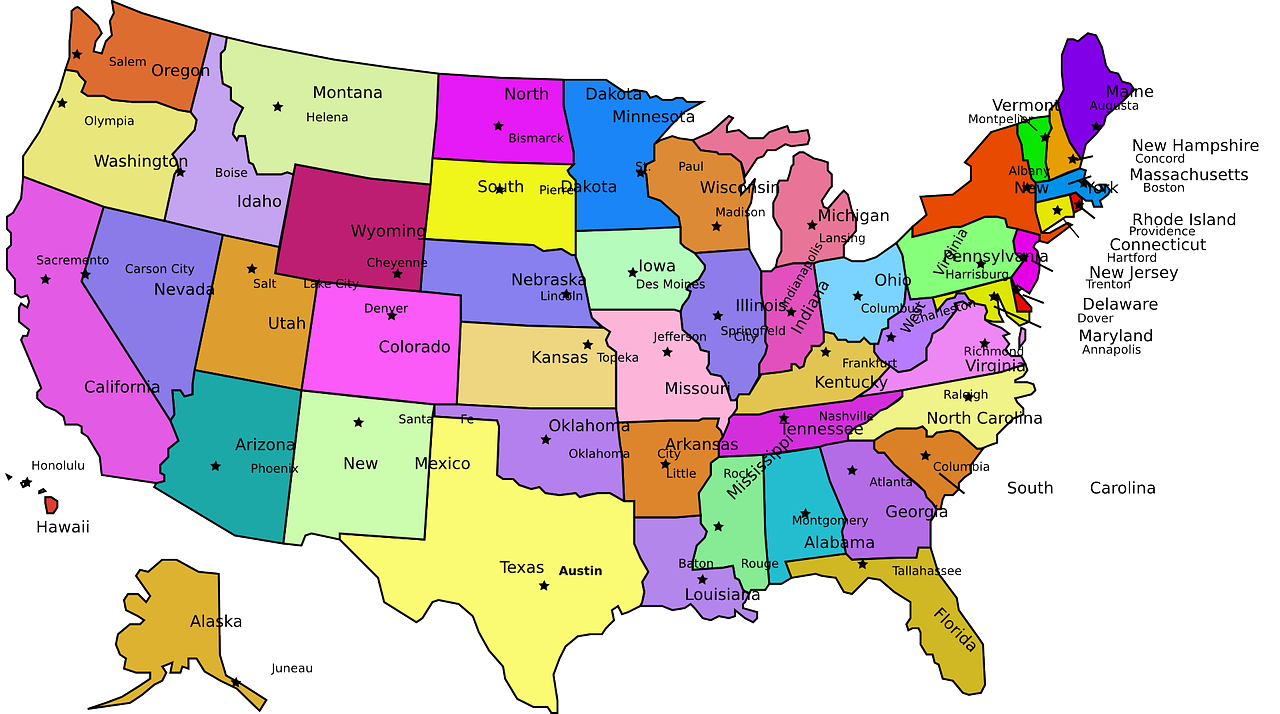- Lawsuits before the Supreme Court over race-conscious admissions policies are the latest chapter in the contentious history of affirmative action.
- By the late 1960s, many colleges had begun to consider race as one of many factors in admissions, amid the civil rights movement and urban uprisings.
- In the decades after affirmative action was instituted, selective colleges saw dramatic increases in their numbers of Black, Latino, and Native American students, experts say.
- Along with the gains, came the backlash, with some white students equating affirmative action with “reverse discrimination.”
In a few weeks, the Supreme Court will hear a challenge to race-conscious admissions policies at two universities, the latest chapter in the contentious history of affirmative action in higher education.
For decades, affirmative action has been used to improve equity and diversity in workplaces and colleges.
But the two lawsuits from Students for Fair Admissions, an anti-affirmative action group founded by conservative legal strategist Edward Blum, accuse the University of North Carolina and Harvard of discriminating against Asian American students and giving unfair preference to Black and Hispanic applicants – challenging decades of legal precedent. In the lawsuit against UNC, the group says the school also discriminated against white applicants.

